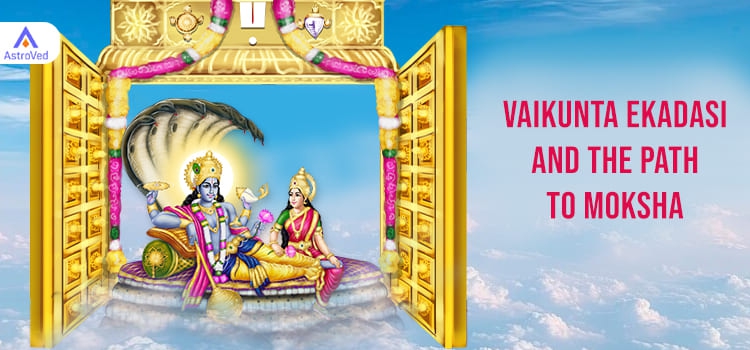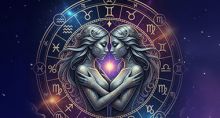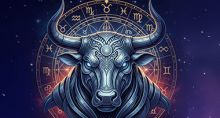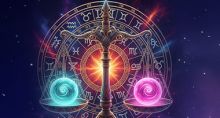Vaikunta Ekadasi and the Path to Moksha
One of the greatest desires of a devout Hindu is to attain salvation or Moksha. The reason is because only by attaining Moksha or liberation from the birth-death cycle can one reach heaven, God’s abode. For the devotees of Lord Vishnu, Vaikunta Ekadasi is a very auspicious day to achieve these goals. By invoking Vishnu’s blessings and passing through the Vaikunta Dwaram, specially erected in Vishnu temples on this day, they believe that they can realize these desires. ‘Vaikunta’ refers to the name of Vishnu’s celestial abode, and ‘Dwaram’ means entrance.

Vaikuntha Ekadashi is dedicated to Vishnu. It falls on the Shukla Paksha Ekadashi in Dhanu/Margazhi month (December -January).
Hindus believe that ‘Vaikuntha Dwaram’ will be open on this day. This day is also known as Mokshada Ekadashi. People observe a fast on this day to please Vishnu and gain Moksha.
Legend behind Vaikunta Ekadasi
Vishnu and Mura
The Padma Purana says that once, a demon called Mura was troubling the Devas. The gods approached Shiva for help. Shiva directed them to Vishnu. Vishnu and Mura waged a long battle. But Mura was too powerful for Vishnu. Feeling tired, Vishnu took rest in a cave in Bhadrikashrama that belonged to Goddess Haimavati. Muran entered the cave and found Vishnu fast asleep.
Just as he was about to kill Vishnu, a beautiful woman emerged from Vishnu and slew Mura. It was none other than Vishnu’s feminine energy. When Vishnu woke up, he was startled to find a dead Muran and the beautiful goddess. He gave her the name ‘Ekadashi’ and told her to request a boon from him. Ekadashi said that people who observed a fast on that day and worshipped Vishnu should get his blessings. Vishnu agreed. He also said that such people would get relief from all their sins, and they would also attain Vaikuntha.
Muran is a symbol of all the rajasik and tamasik qualities within humans. They include passion, lust, inertia, and arrogance. By overcoming these qualities, we can achieve purity or sattva. This is essential for attaining Moksha.
Vaikunta Ekadasi Rituals
Fasting on this day is equal to fasting on all 24 Ekadashi days in a year. There are 2 Ekadashis in a month. People who wish to observe the Vaikuntha Ekadashi fast can have just lunch on ‘Dashami’ (the day before Ekadashi). On Ekadashi, one has to observe a complete fast, offer prayers, and meditate on Vishnu.
It is forbidden to eat rice, grains, beans, non-veg food, etc. Also, one should keep vigil the entire night. They should also visit Vishnu temples.
Fasting helps avoid tendencies caused by eating certain foods. Keeping vigil at night helps one focus on the contents of the mind. The mind becomes still and focuses on God. One feels inner peace, which helps one to connect with the divine.
Why Is Rice Taboo on Vaikunta Ekadasi?
Rice is taboo on this day as people believe that Muran dwells in it. Eating rice makes one feel sleepy and hinders the vigil.
But how did Muran come to reside in rice? A legend says that a drop of sweat once fell from Brahma's forehead and became a demon. The demon asked Brahma for a permanent dwelling. Brahma replied that he could dwell in the rice grains that people ate on Ekadashi Tithi. Hence, people avoided rice on Ekadashi days.
Another reason is related to the Moon's gravitational force. This leads to high and low tides on earth. The Moon's gravitational force exerts a pull on the water bodies, which causes high waves. The Moon’s position on Ekadashi can affect our digestive system. Hence, people avoid food grains that tend to retain water.
There is also a belief that people who consume rice on this day will take birth as reptiles in their next life.
According to Hindu mythology, Vaikuntha Dwaram/Vaikuntha Vaasal (the gateway to Vaikundam) opens on this day. The area around the sanctum in the temple is called Vaikuntha Dwaram. Devotees pass through it, enter the temple, and offer worship to Vishnu.
It was also on this day that Krishna made his discourse to Arjuna on the Kurukshetra battlefield. His discourse is called the Bhagavad Gita. So this day is also called Gita Jayanthi.













